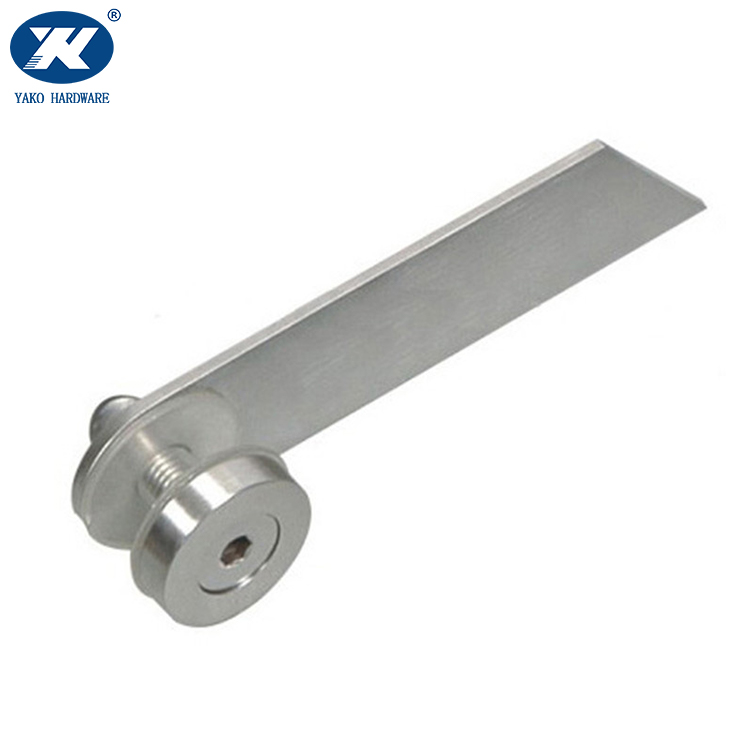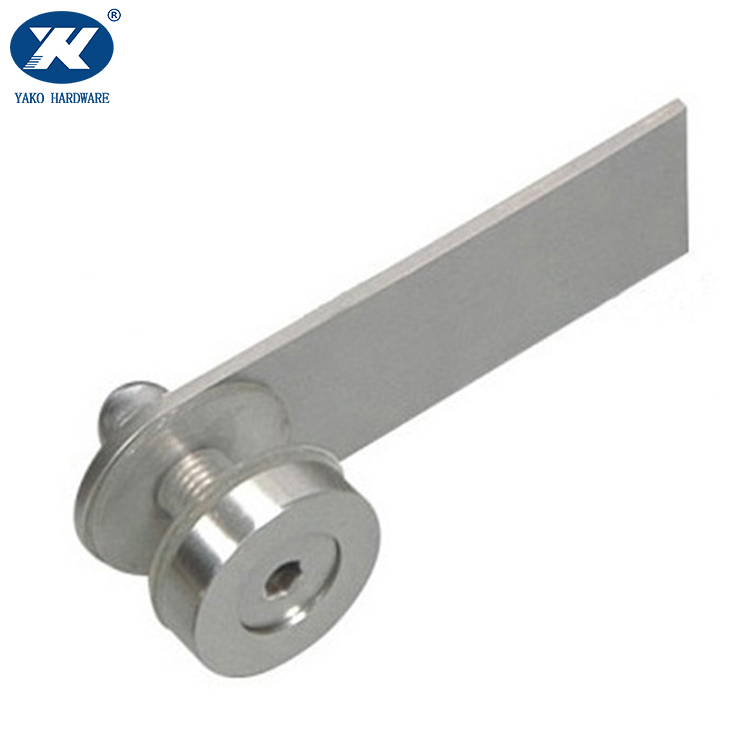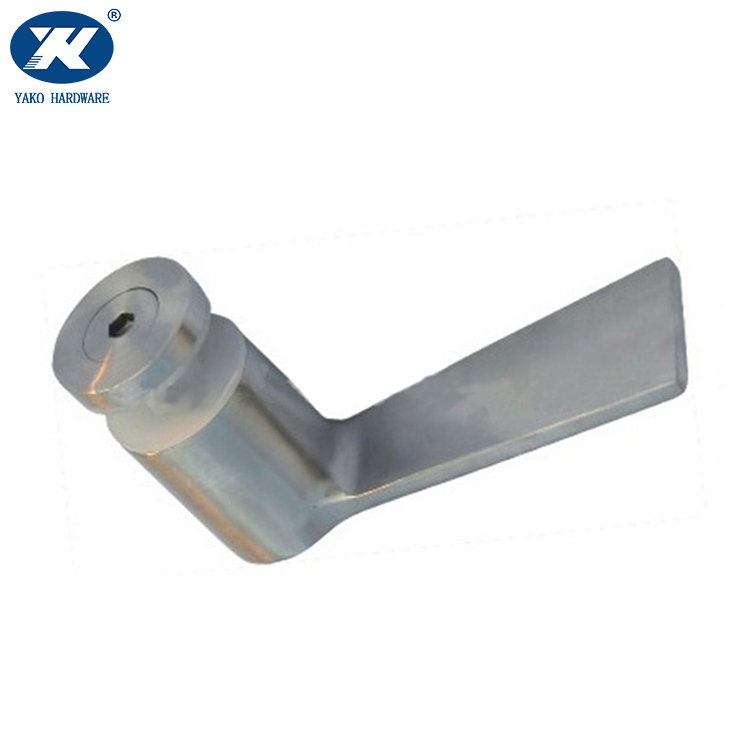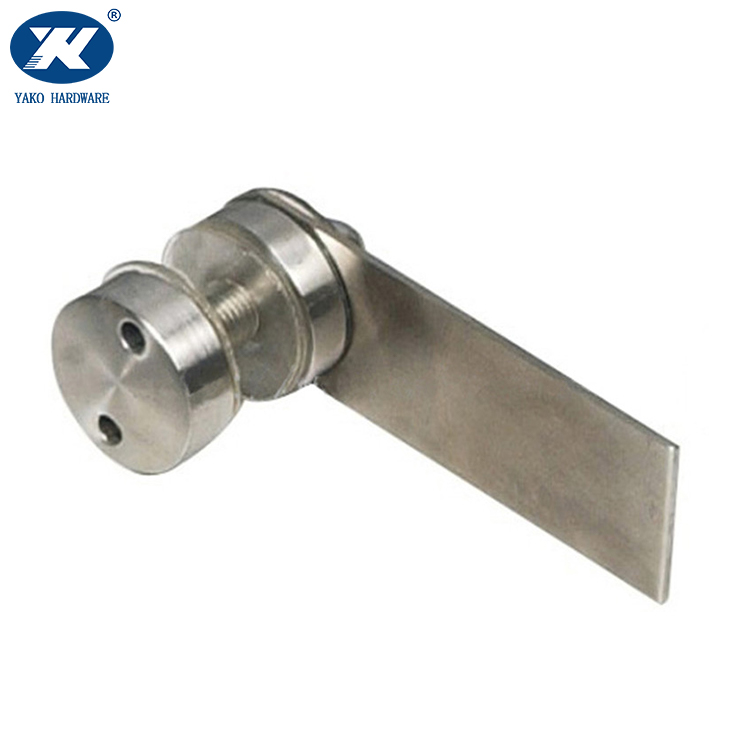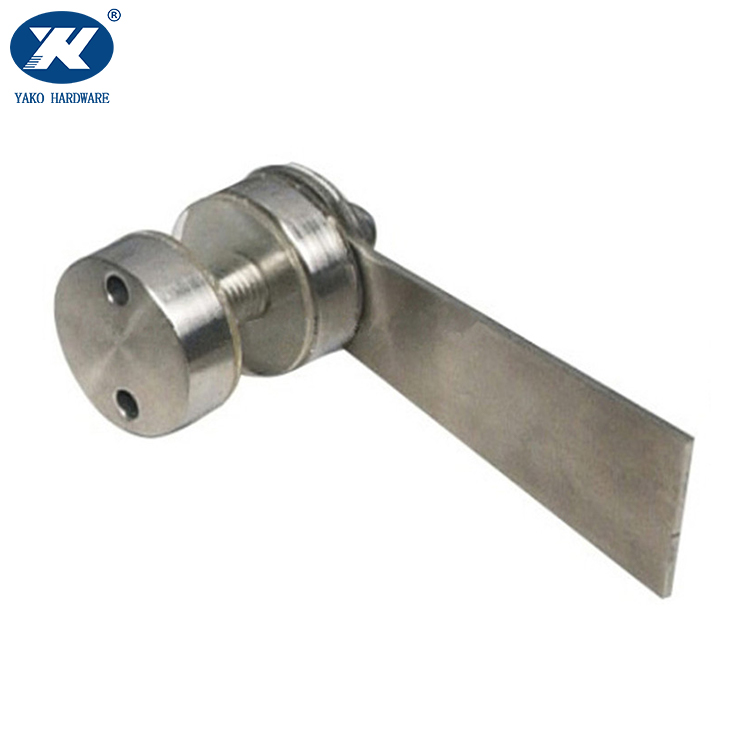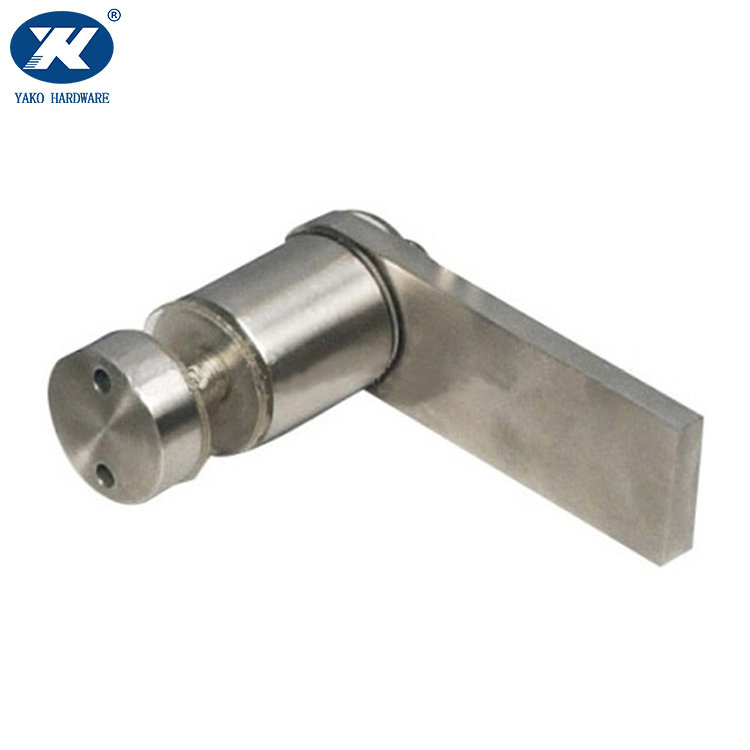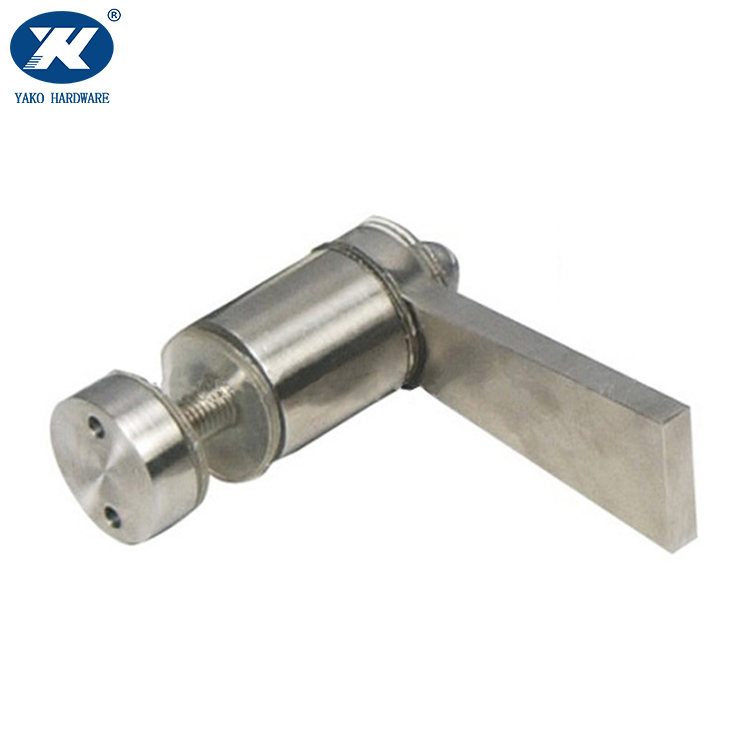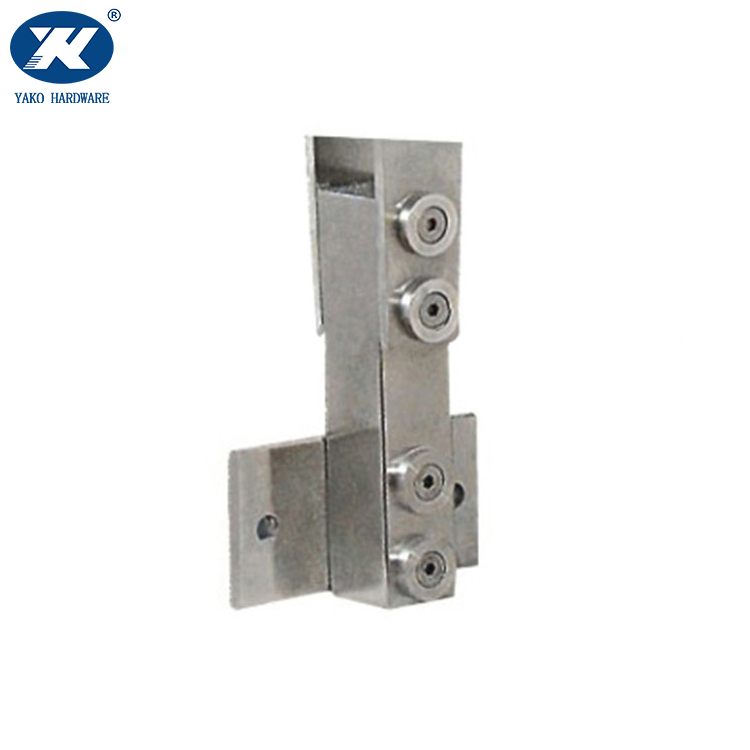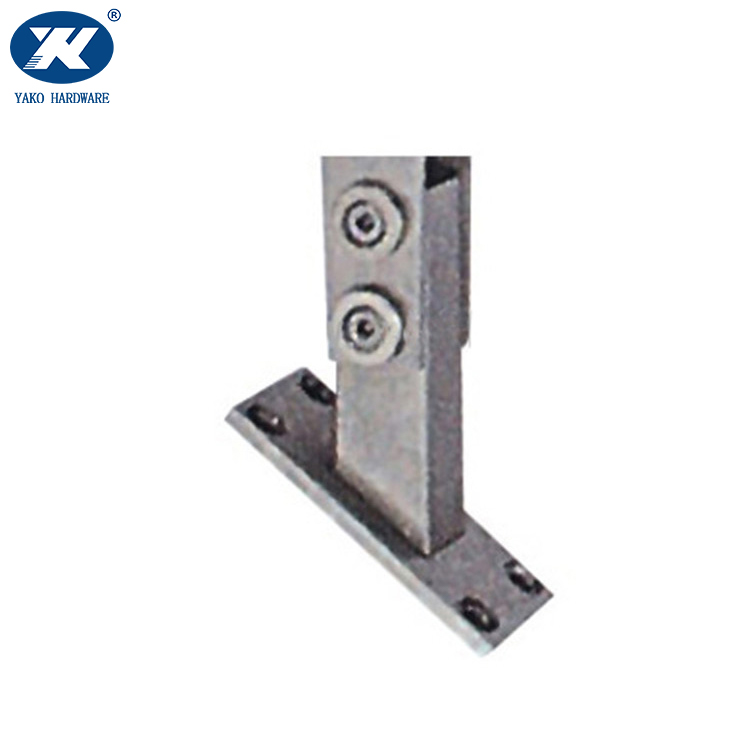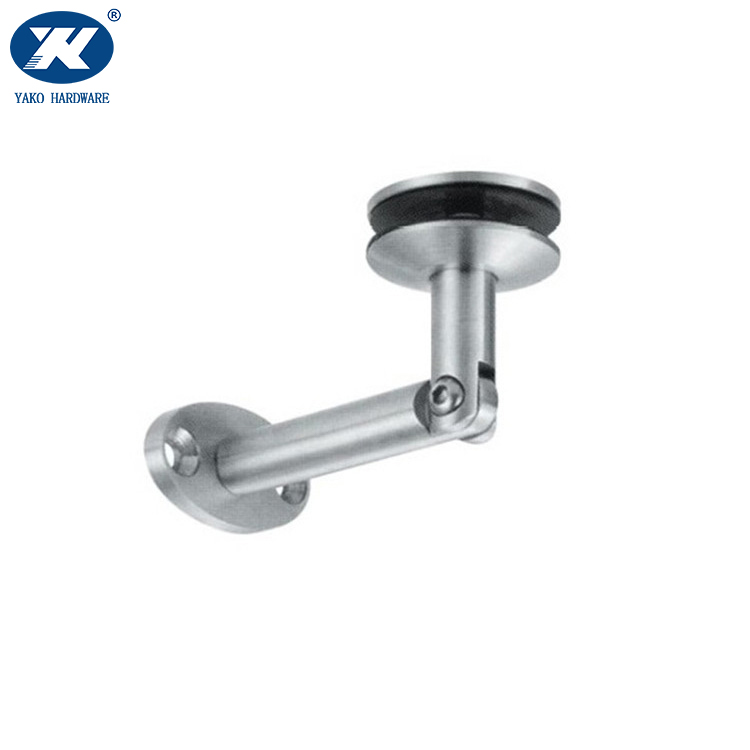Product Categories
All Products
(Total 2552 Products)
Num:YBS-120SS
Our Bracket Single Side are designed to be easy to install and maintain. Its design allows for quick and easy installation, saving time and effort during the installation process. Additionally, its smooth surface makes it easy to clean and maintain, ensuring Bracket Single Side stays in tip-top shape for years to come.
Num:YBS-121SS
Our Stair Handrail Brackets Chrome is also worth noting. Its sleek and modern design adds a touch of sophistication to any environment, making it a visually appealing choice for both functional and decorative uses. Whether installed in a commercial facility where aesthetics is a priority or in a residential setting where style is a priority, Stair Handrail Brackets Chrome blends seamlessly into its surroundings.
Num:YBS-122
Choosing the right handrail bracket is essential for ensuring the safety, stability, and aesthetic appeal of a staircase. By considering factors such as durability, weight capacity, rust resistance, supporting pipe type, installation options, aesthetics, maintenance, and compliance with building codes, you can select a handrail bracket that meets your specific needs and requirements. Whether for residential, commercial, or industrial applications, investing in high-quality handrail brackets is crucial for creating a secure and visually appealing handrail system on stairs.
Num:YBS-123
Handrail brackets are an essential component of stair hardware, providing support and stability to handrails on staircases. They are designed to securely attach handrails to walls or posts, ensuring the safety and functionality of stair systems. Handrail brackets come in various shapes and sizes to accommodate different types of handrails, including round pipe and square pipe, and are an integral part of balustrade systems. In this article, we will explore the purpose, types, and installation of handrail brackets, as well as their role in enhancing the safety and aesthetics of staircases.
Num:YBS-124
A handrail bracket is a hardware component used to support and secure handrails to walls or posts. It is typically made of durable materials such as steel, aluminum, or brass to provide strength and stability. The primary function of a handrail bracket is to ensure that handrails are firmly attached and can withstand the weight and pressure exerted on them as people use the stairs.
Num:YBS-125
Handrail brackets come in various designs and styles to accommodate different types of handrails and architectural preferences. The most common types include wall-mounted handrail brackets, post-mounted handrail brackets, and adjustable handrail brackets.
Num:YBS-126
In addition to safety considerations, building codes may also dictate the use of specific materials and finishes for handrail brackets in certain applications. For example, outdoor handrail brackets may need to be made of corrosion-resistant materials to withstand exposure to the elements, while indoor brackets may have different requirements based on the building’s occupancy and use.
Num:YBS-127
Handrail brackets are an essential component of stair hardware, providing support and stability to handrails in staircases and balustrade systems. They come in various types, materials, and finishes to accommodate different handrail shapes and architectural styles. Proper installation of handrail brackets is crucial to ensure the safety and functionality of the handrail system, and compliance with building codes is essential to meet safety standards.
Num:YBS-128
In addition to their functional role, handrail brackets also contribute to the visual appeal of staircases and balustrades. The choice of materials, finishes, and designs can complement the architectural style of the space, whether it is a contemporary, traditional, or industrial setting. Well-designed handrail brackets can add a touch of elegance and sophistication to the overall design, enhancing the aesthetic appeal of the staircase.
Num:YBS-129
Handrail brackets must be installed at appropriate intervals to support the handrail and prevent excessive deflection or movement. The spacing between brackets is determined based on the type of handrail, the material used, and the anticipated load. Compliance with building codes ensures that the handrail system meets safety standards and provides adequate support for users of all ages and abilities.







